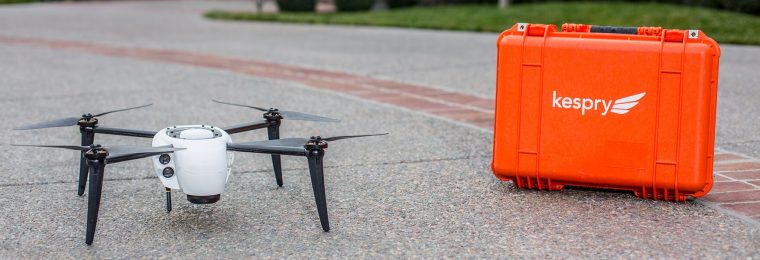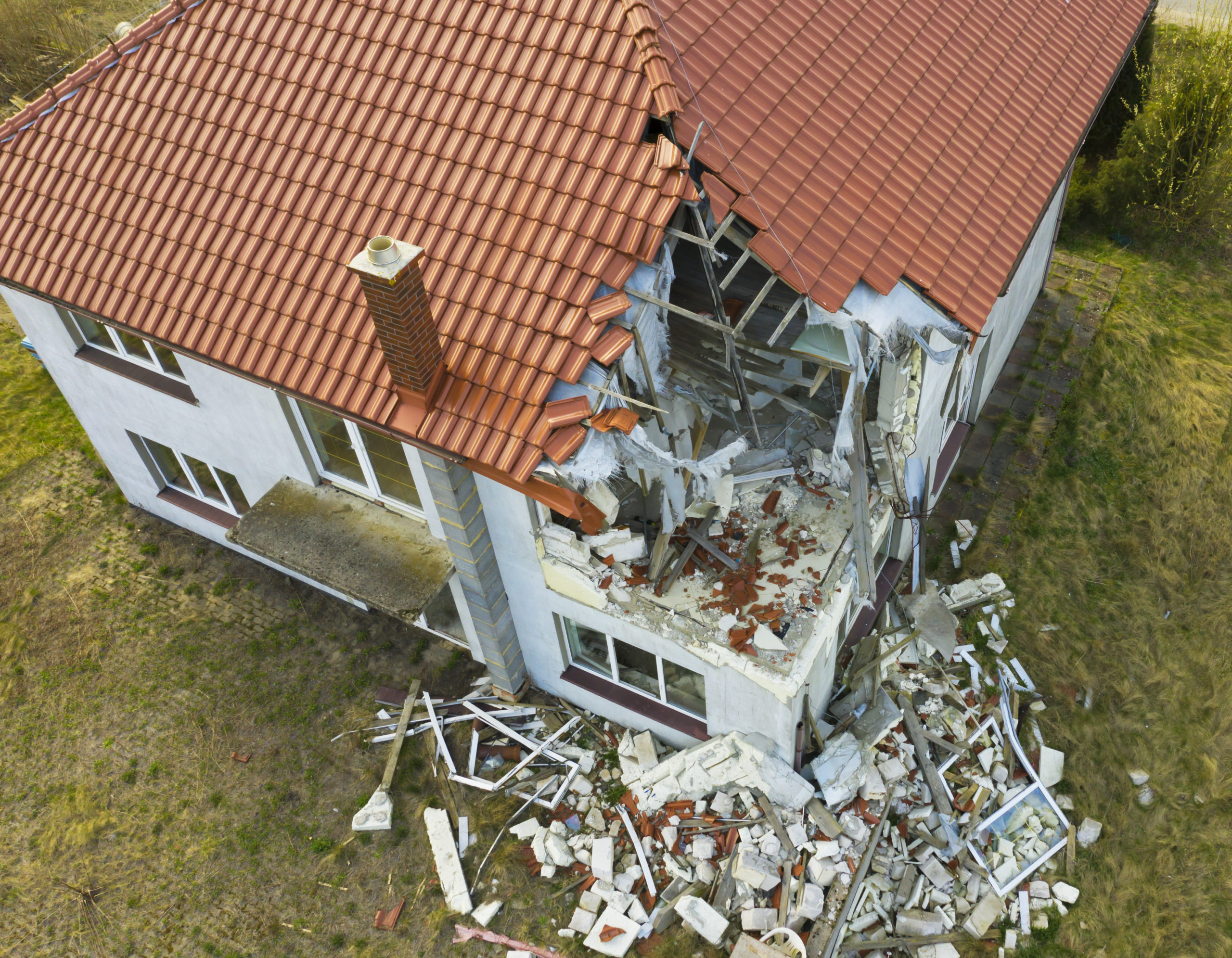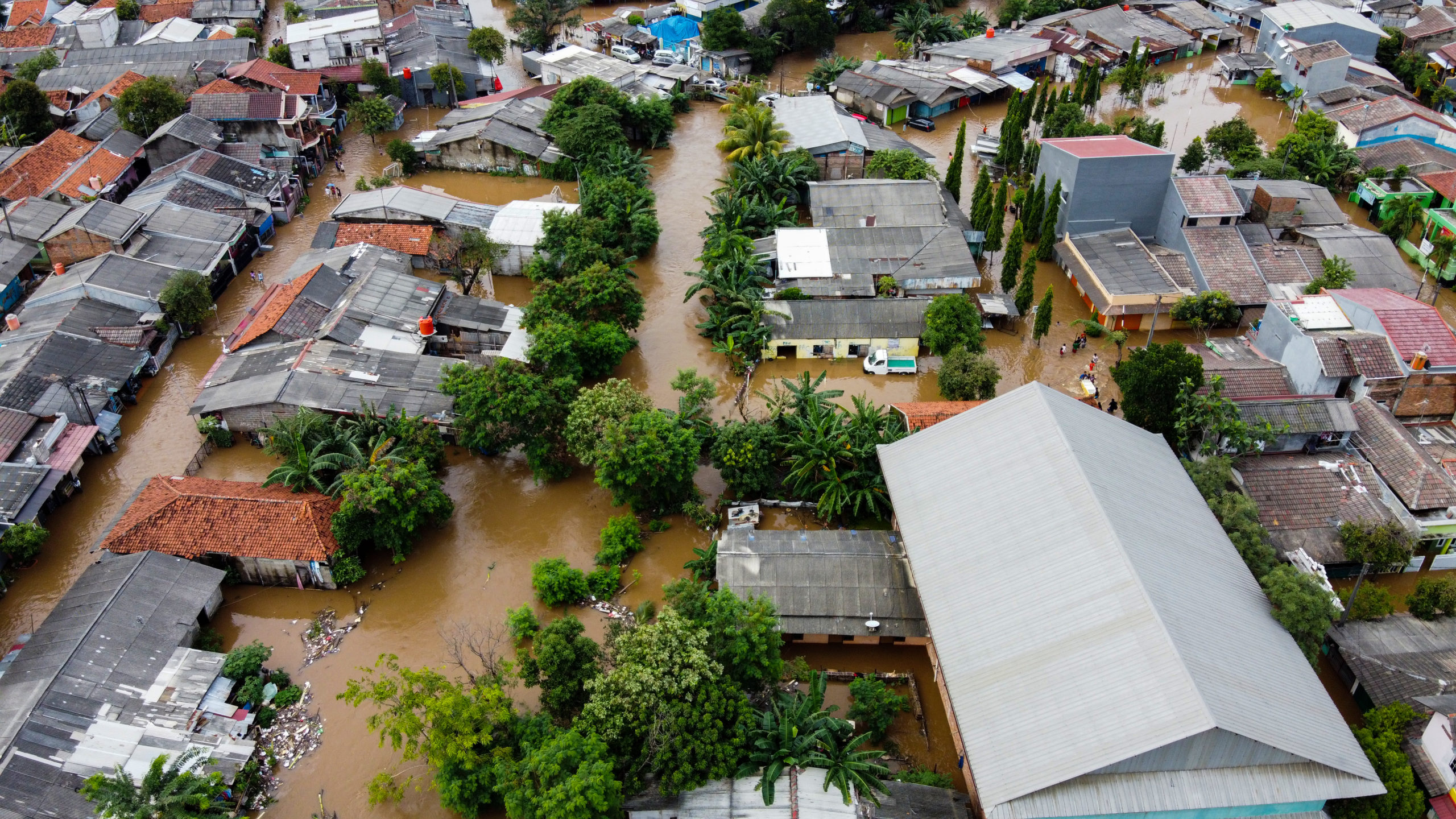By bringing the drone-driven inspection process in-house, claims departments can make the adjusting process a model in cost savings.
It’s been done this way for as long as there’s been a roof damage claim: the adjuster schedules an inspection, shows up with a ladder, climbs up, and teeters on a sloped roof taking measurements and photos. The adjuster then crunches the numbers and can sometimes issue a check onsite. Yet the adjusting process as it’s done currently takes time. An adjuster can handle two to three inspections in one day.
Moreover, the adjuster is able to inspect just a small slice of the damaged roof: an incomplete picture of damage on which the adjuster had to make a full determination. And there’s a good chance not all of the data needed to make an accurate determination was able to be collected.
Yet with drone technology, companies can not only save time and money, but can reduce the risk of adjusters being injured. And savvy insurance companies have already begun to save.
Drone Inspections
A number of insurance companies already have chosen to adopt an in-house drone program, and for them the answer is obvious: drones are a game-changer. In fact, by bringing a drone system in-house, insurance companies can position their claims department to be more of a profit center than a resource drain.
Here are some ways in which the adjusting process is being improved:
More time, less money. When drones do the work, there’s no need to hire ladder assist providers. There’s also no need to purchase third party reports – drone technology like the Kespry Automated Drone System provides instant data upload to the online Kespry Cloud. Reports are generated within hours, not days. A side bonus – mileage costs are all but eliminated if the adjuster doesn’t have to leave the office.
More data, better accuracy. Because drone technology shows the entire roof, there’s more data for adjusters, which improves the accuracy of claims resolution. Kespry Cloud allows adjusters to access high-resolution imagery from anywhere, including detailed roof maps and comprehensive wireframes with dimensions. Where once adjusters worked with a sampling of data from a smaller portion of the roof, they’re now able to see the entire picture with thousands of data points. Instead of manually circling and identifying hail damage, new technology like Kespry’s Hail Detection tool is using artificial intelligence to take a menial and time-consuming task and completely automating it.
Automated Damage Detection in the Kespry Cloud
Reduced injury rates. With fewer adjusters being put in harm’s way, injuries are less frequent. That impacts not only the adjuster’s productivity, but also reduces lost time and workers’ compensation costs.
Improve productivity. Now that the drones are doing the inspecting, adjusters can double or triple the number of inspections per day.
Improved customer satisfaction. With faster claim resolution and more accurate results, adjusters can deliver a better customer experience. That can help improve both customer retention and the company brand.
By bringing drone technology in-house, your company will see a significant improvement in your claims adjusting process. Faster claims handling, better outcomes, and cost reductions in a number of areas can help drive profitability for your company in an unlikely place.



